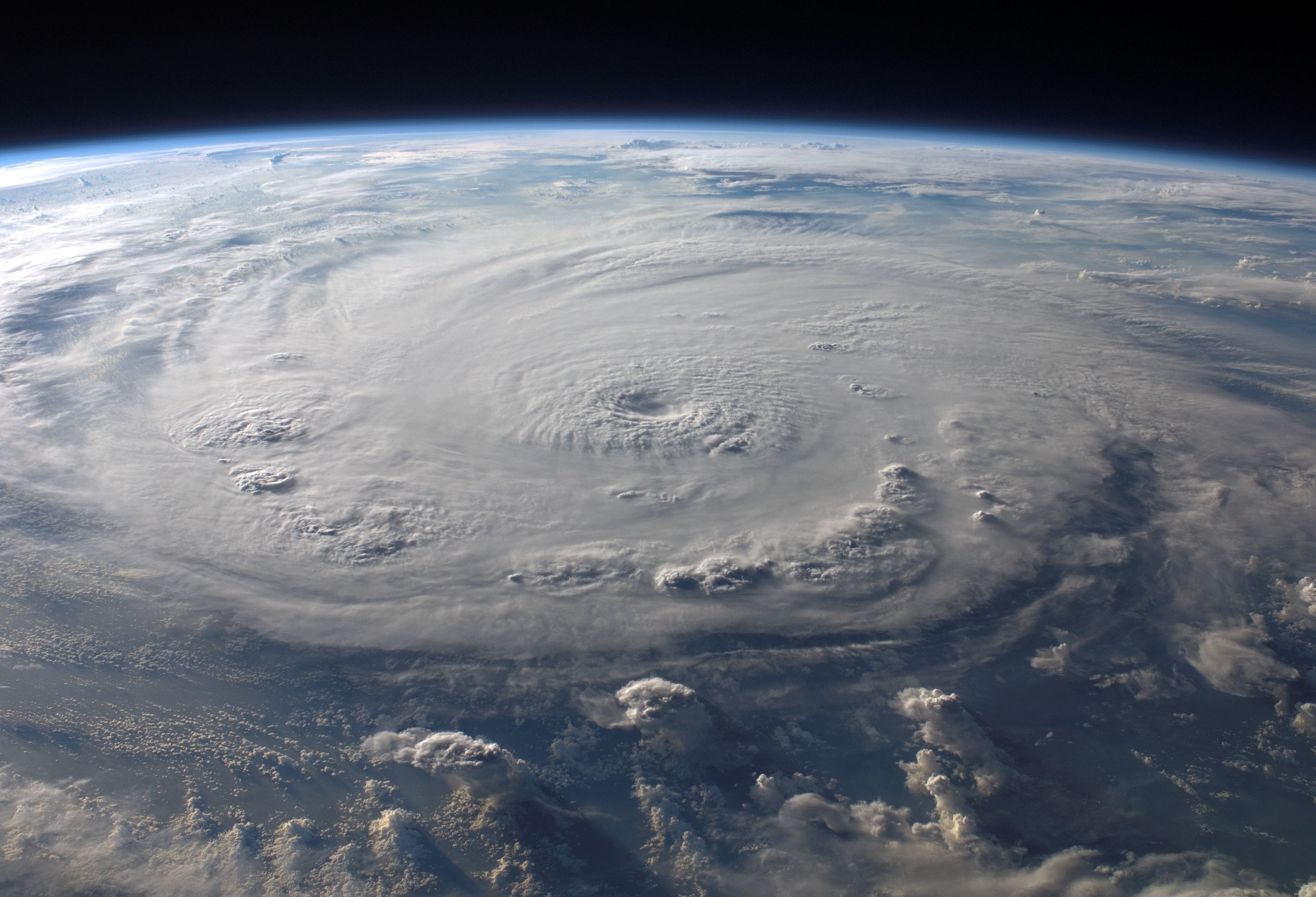Is your association ready for a disaster or catastrophic event? A plan is critical year-round, but for coastal regions, it is particularly important to be prepared for hurricanes and floods.
One of the responsibilities of serving on a board of directors or committee is dealing with disasters and catastrophic events such as hurricanes, hail storms, tornadoes, and forest fires, but this can also include collapsing decks and failing elevators.
Most board members and managers have developed emergency operational procedures that assist the communities they serve in handling catastrophic events. Having a plan in place will provide essential guidance so everyone is more equipped to handle unpredictable events and knows what to do before, during, and after these events occur.
It is essential that your condominium or community association have a written disaster management plan, especially if your association’s common area includes buildings, other structures, or privately owned infrastructure. A plan is worthless if not communicated to community leaders, members, and management.
A disaster plan involves six steps:
- Developing the emergency planning and management teams.
- Identifying potential emergencies.
- Preparing for an emergency, rehearsing and testing the plan.
- Adopting preventative measures.
- Responding to the emergency.
- Debriefing the emergency management team and others involved (the membership, service professionals, legal counsel, and insurance agent.)
When it comes to disaster recovery, don’t wait until disaster strikes to understand what your insurance coverage provides. In preparing for a disaster, the first question to be considered is, “Will an insurance claim need to be filed?”
If the answer is “yes,” follow up with:
- What is the deductible or deductibles? How is an insurance deductible being funded? Along the East Coast, hurricane deductibles can range from a few thousand to a few hundred thousand dollars per occurrence.
- Engaging a professional insurance replacement-cost proposal ensures that the property insurance values protect the association from special assessments if there is inadequate insurance on the building and structures. This is extremely important in condominiums and other communities with master insurance policies.
- If there is a master insurance policy, it is important for individual property owners to know what the master policy covers to determine the insurance they need for their individual properties. Ensuring there is an endorsement to provide funds adequate to cover a special assessment is wise.
Vetting and selecting a licensed, qualified, and financially stable general contractor (and possibly a project manager) before a catastrophic event occurs is highly recommended. This provides a much smoother and
timely clean-up and repair experience. Background checks, certification of insurance, and verification of licenses, as well as confirmation of experience through references, is especially important when considering out-of-state contractors or restoration companies.
Many restoration companies specializing in catastrophic events have pre-event contracts that provide services to the association. It is recommended if you enter into a pre-event contract that the terms are broken down between mitigation and actual restoration or repair.
Communication is vital. It is important to remember that we live in a world where information is available instantaneously. One of the most important components of a disaster plan is communication with the emergency management team, the members of the association, management, and all professional service providers that will be needed. It is essential to make sure you have multiple methods of contact established, such as email, texts, and cell phones as well as landlines in the event of a catastrophic event where electricity and communication lines are lost. Interactive websites, e-blasts, and auto phone-dialing programs are excellent methods of communication.
Part of good communication is for the members to understand the association’s policies onboarding up pre-and post-event, clearing the units’ decks prior to a wind event, handling interior unit damage mitigation and dry-out, communicating authorization to inspect units, accessing buildings and units after a disaster, and on the ability of individual owners to make repairs to their units.
As you can see, there are many items to consider in preparing for a disaster or catastrophic event. A professional condominium or community manager can provide the experience and professional guidance needed during all phases. As unfortunate as these events are, a professional management company that has experience in preparing emergency management plans and in managing pre-and post-disaster responsibilities makes it easier for the association’s board and membership.


